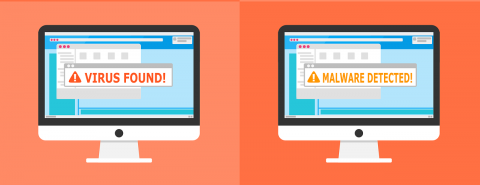Kubernetes Phase 2-Key Challenges at Scale
Kubernetes is THE buzzword these days. Almost every IT organization is currently using it or is in the process of implementing it as part of their infrastructure. The transition to Kubernetes is complicated, whether a company is using an on-premises, cloud, hybrid, or managed solution, and it usually involves other changes in the codebase, such as shifting to a microservices architecture. While the implementation phase is led by the DevOps team, it requires the participation of the whole R&D group.











